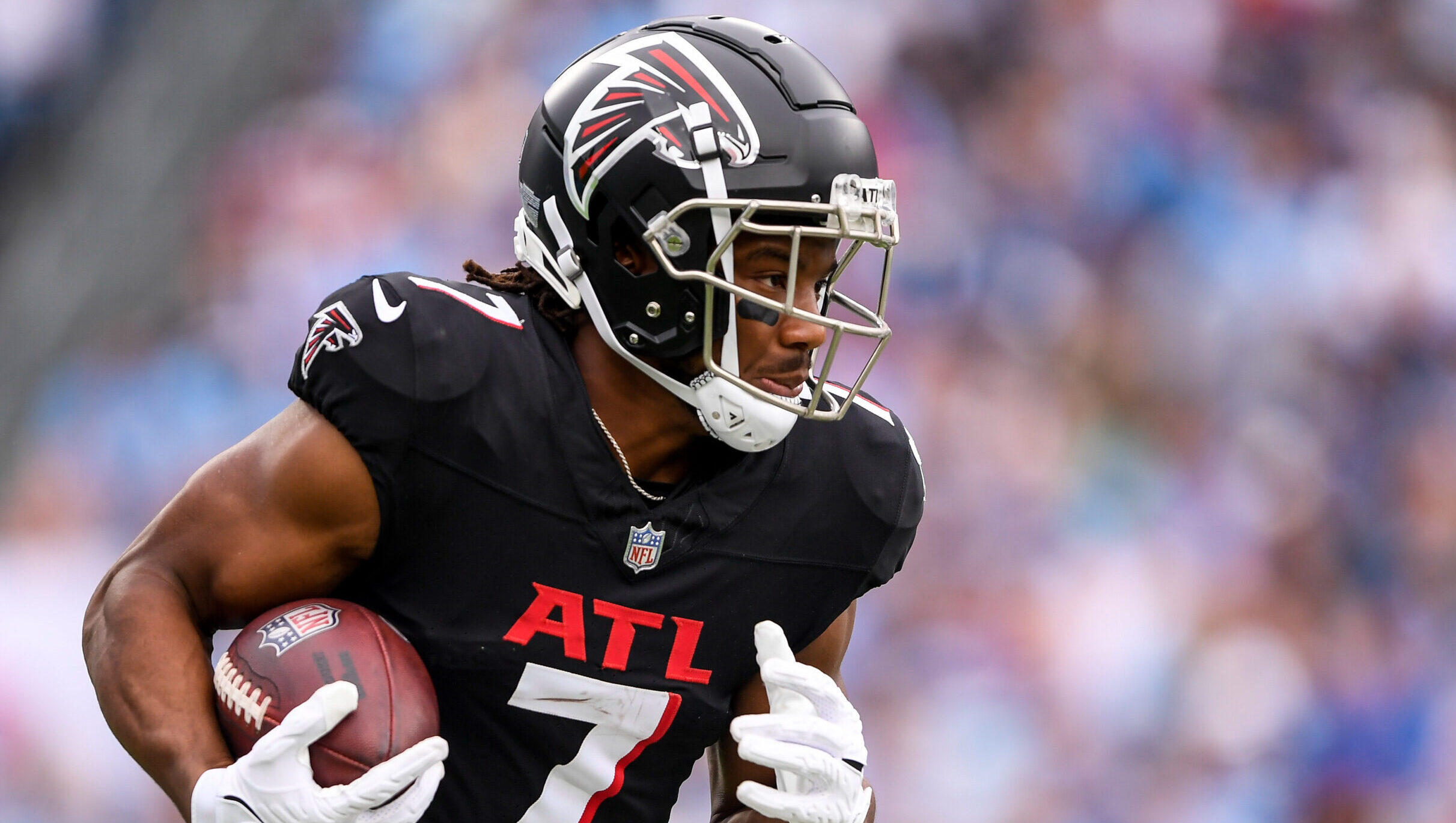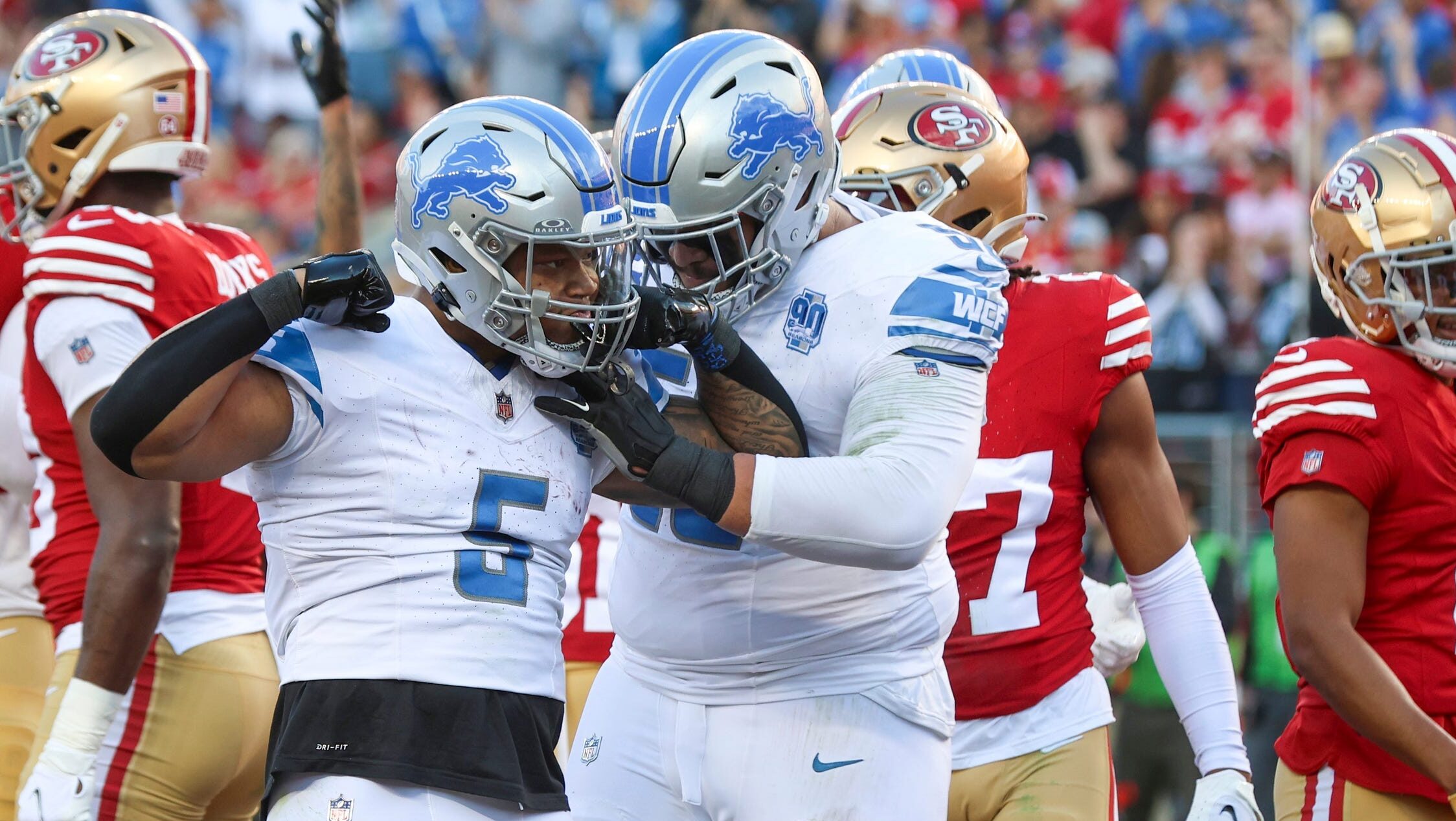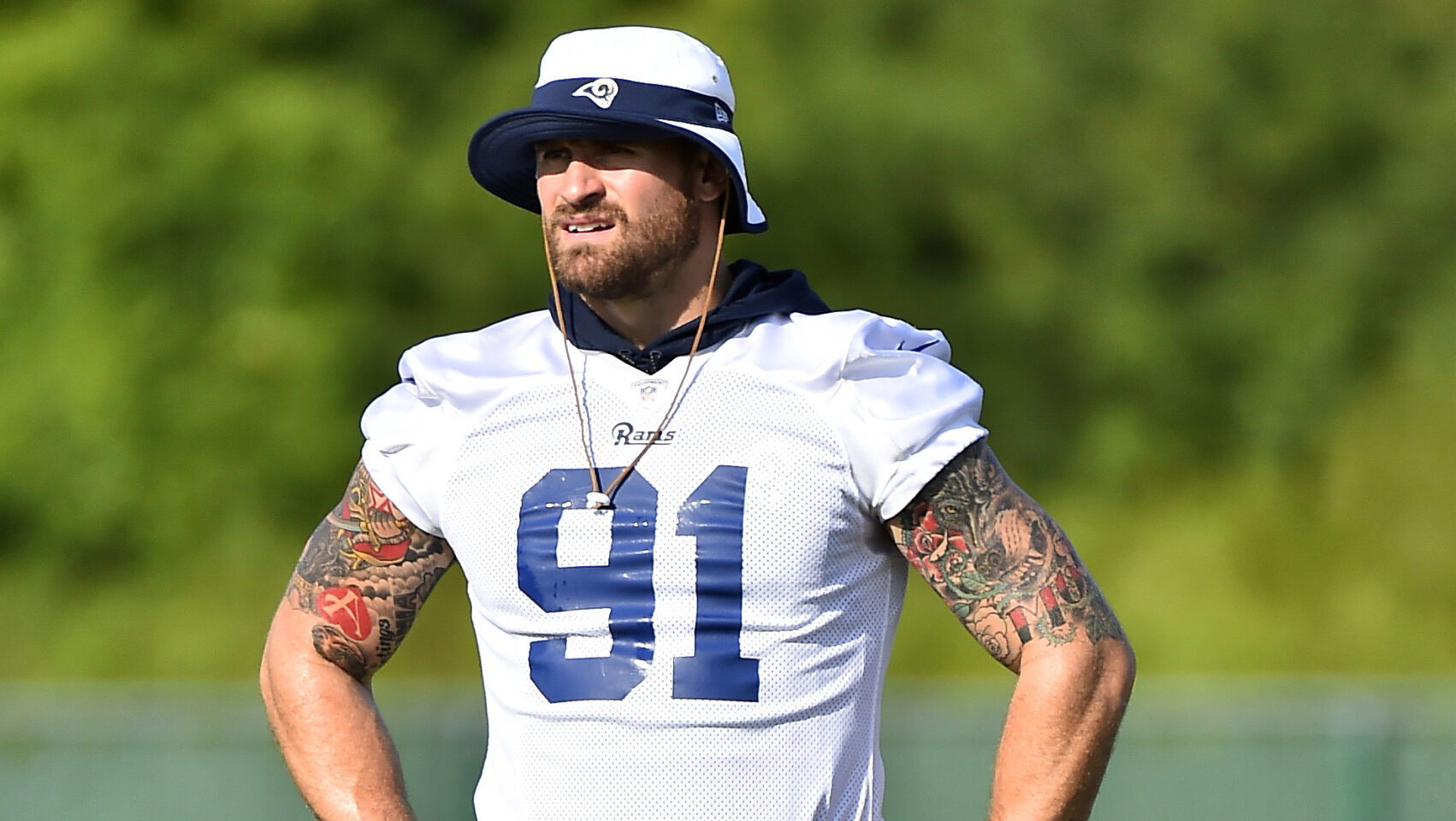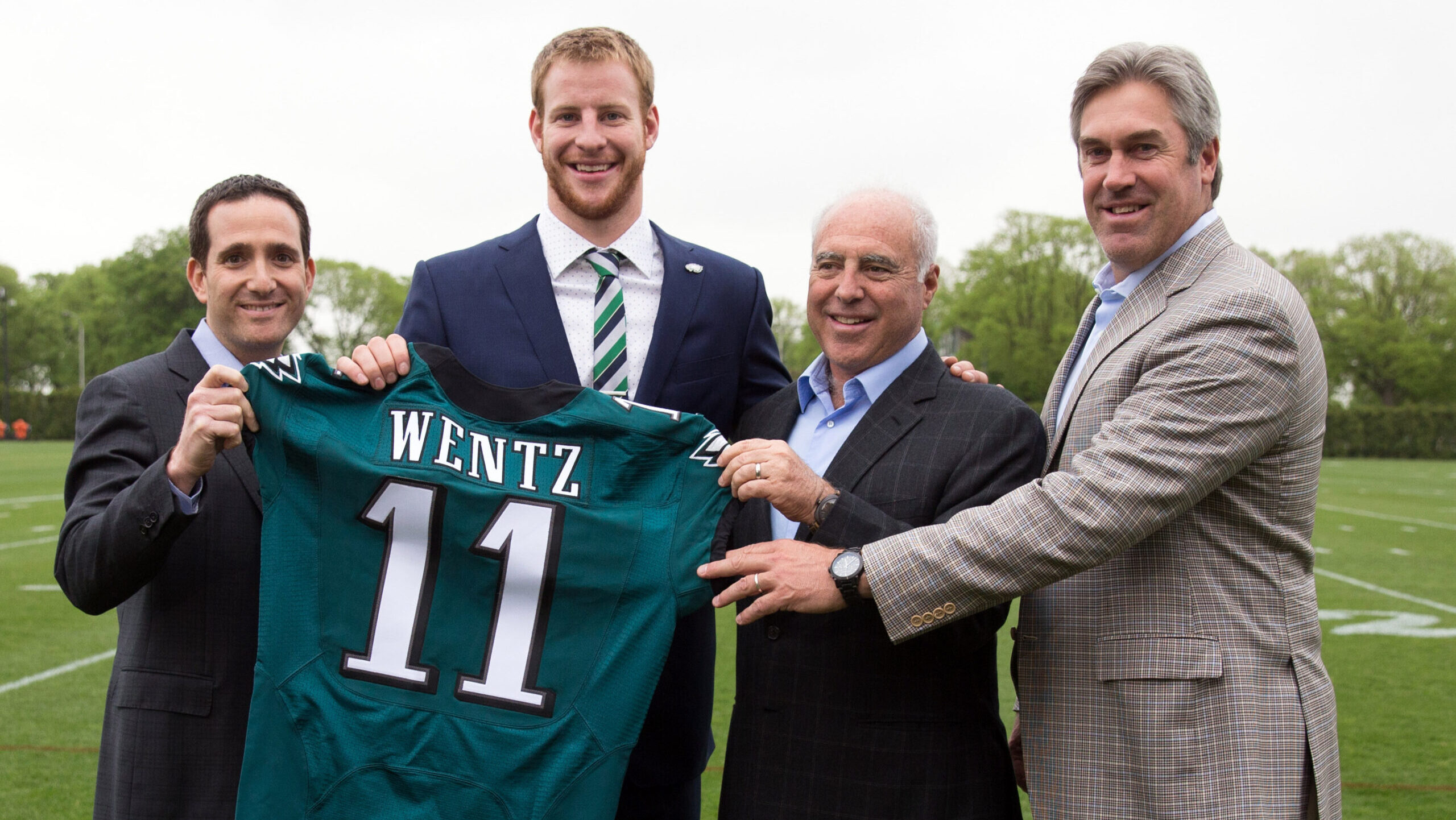Analysis
9/29/22
9 min read
Season's First Quarter a Game of Overreactions

If this column had a soundtrack, it might be Frank Sinatra’s “Strangers in the Night.”
You'll often read that fans and media view the NFL season as 17 one-game seasons. If you won last week, all is well with the world. If your team lost, the playoffs are out of reach and at least one of the coordinators ought to be fired.
My friend, Trey Wingo, while at ESPN, coined the phrase, “Overreaction Monday.” This has never been truer than through the first month of the season.
Everyone in the pro football business and fans who really want to understand the game would be well-served to listen when Patriots coach Bill Belichick talks football. He is so disciplined with the media that he rarely gives up anything of significance. On the rare occasions when he does, you get incredibly valuable insight on any number of issues surrounding the game.
One of the things he recently spoke about – and I’m going to paraphrase – was the early part of the regular season is a testing time to see how your roster fits and – given your talent – what style of play you need to emphasize.
He is right on the money.
Finding Out What Works and What Doesn't
In my experience, this “shakedown cruise” generally takes four games. Some knowledgeable folks in the media have called the first month of the regular season the “real preseason.” There is more than a grain of truth in that. Early in the season, players emerge, roles become more defined and those who can’t contribute to winning reveal themselves.
Running backs who fumble, receivers who drop the ball, offensive tackles who struggle to pass protection, defensive backs who can’t cover without committing penalties, kickers who can’t be counted on in the clutch and players who commit extensive mental errors are benched and may even be released.
The head coach and his coordinators adjust lineups and personnel groupings in certain down-and-distance and matchup situations based on what they have seen, as the saying goes, “When the lights come on.”
As an example, a rookie left tackle who the team has high hopes for but in almost every instance has trouble against top-flight pass rushers will be given “help.” This help often takes the form of blocking scheme changes, which utilize the tight end on his side or a chip of the rusher by a running back.
An example on the defensive side is the removal of certain high-risk blitz packages from the team’s repertoire if its corners show a lack of exceptional man-to-man coverage ability.
None of these flaws show themselves fully in the preseason. The first-team, “good-on-good” matchups don’t occur anymore. In addition, injuries to key players, such as the loss last week of Tampa Bay’s top receivers, also skew the picture. Tom Brady was playing with a group of virtual strangers, one of whom, Cole Beasley, had literally just joined the team days before the game.
These often discussed, but rarely explained, adjustments are made week to week throughout the season, depending on individual matchups and key injuries. Only in the games that count can your team’s prowess or deficiencies be discerned.
Adapting to New Coaches and Players
I began my NFL career as an advance scout reporting on our upcoming opponents. Early on, I realized there was a rhythm to the NFL regular season, like what Belichick described. It takes about four games for a team to develop a personality, i.e., style of play and stable lineup. This is why statistical and analytical data is almost meaningless until four and ideally six games have been played.
In the case of teams with new head coaches and/or coordinators, quarterbacks or large roster turnover, the “shakedown cruise” lasts from six to eight games. The Indianapolis Colts are an example of a team that will take some time to hit its stride. Quarterback Matt Ryan is operating an offense completely new to him and throwing to equally new receivers. Complicating matters, Ryan, for good injury avoidance reasons, did not take a snap during the preseason.
The double-whammy for the Colts is the arrival of Gus Bradley as their new defensive coordinator. They still employ a 4-3 alignment, but techniques, keys and cohesion on stunts and blitzes are different from what they have done in the past. Look for Indianapolis – barring, of course, critical injuries – to be much more efficient in the second half of the season.
Carolina is dealing with similar issues: A new quarterback in Baker Mayfield and a new offensive coordinator in Ben McAdoo. Those men didn’t even meet each other until training camp. The Panthers have a good defense and kicking game, but the offense, also dealing with newcomers on the line and receiving corps is not firing on all cylinders.
Lots of “experts” are writing off the Panthers and coach Matt Rhule. The key is Mayfield. While not an elite quarterback, if he can avoid turnovers, you will hear from Carolina before it’s over.
Cleveland is an example of a veteran team with an intact coach and staff, but they are playing with a veteran backup quarterback. Jacoby Brissett is at the helm, and the only new other new addition is wide receiver Amari Cooper. Everyone else on offense is a returning player, including two great running backs in Nick Chubb and Kareem Hunt, and two quality receivers in Donovan Peoples-Jones and David Njoku. The Browns have had a short “shakedown cruise” and were playing with good efficiency right from the get-go because, in reality, the only person Brissett had to adjust to was Cooper.
Exceptions to the Early Season Rules
There are, of course, always exceptions, and thus far it’s the New York Giants. They have a new coach in Brian Daboll, a new offensive coordinator in Mike Kafka and a new defensive coordinator in Wink Martindale. That’s a triple-whammy. They are 2-1, largely because of a rejuvenated Saquon Barkley, a unique defensive scheme populated by veterans and a talented and courageous quarterback in Daniel Jones.
However, they have little in the way of receiving talent – which worsened with the loss of Sterling Shepherd – and despite an infusion of young talent on the O-line, understandable protection problems still exist. They stayed in the game Monday night against a more talented Dallas squad because of a great defensive effort and courageous performances by Barkley and Jones.
The Giants' quarterback gets a lot of heat from fans and media, but from my perspective, he played well despite the deficiencies of many around him. Daboll and his staff have a firm grip on what they do well and what they don’t do well. In the end, the pass protection has to improve and the receiving corps has to get better for the Giants to contend.
On a related topic, noise has been made about some controversial strategic decisions by new Denver coach Nathaniel Hackett. While the offensive operation has not been flawless, and Russell Wilson is still learning about the scheme and his teammates who were strangers to him two months ago, the Broncos are 2-1. That’s pretty good progress during the “shakedown cruise.”
I would argue Miami made a far more egregious strategic mistake against Buffalo last Sunday. Late in the fourth quarter, with the Bills needing only a field goal to win and Miami backed up on its 1-yard line, the Dolphins chose to punt. The punter was backed up against the end line, with only about 12 yards rather than the usual 15, to get the punt off.
This forced the entire punting operation to speed up. The timing was off. The punter kicked the ball squarely into the backside of the personal protector and, miraculously, the ball rocketed out of the back of the end zone, creating a safety for the Bills.
The Dolphins should have had quarterback Tua Tagovailoa take a direct snap and run a quarterback sweep to the wide side of the field and toward the end line, stepping out and there by taking the safety before any tacklers could reach him. Yes, the result was the same, but an intentional safety by the QB or even the punter would have run more time off the clock without risking a “butt punt” and a potential recovery for a touchdown or, if the ball crossed the line of scrimmage, a recovery and winning field goal attempt by Buffalo.
For most NFL teams, the “shakedown cruise” ends after this week’s games. Every coach and general manager will have verified information on what their teams do well and what blemishes can be rectified or at least minimized. The best coaches and coaching staffs will make the appropriate adjustments.
Starting with Week 5, the league will take on a new level of efficiency and intensity.
As told to Vic Carucci







